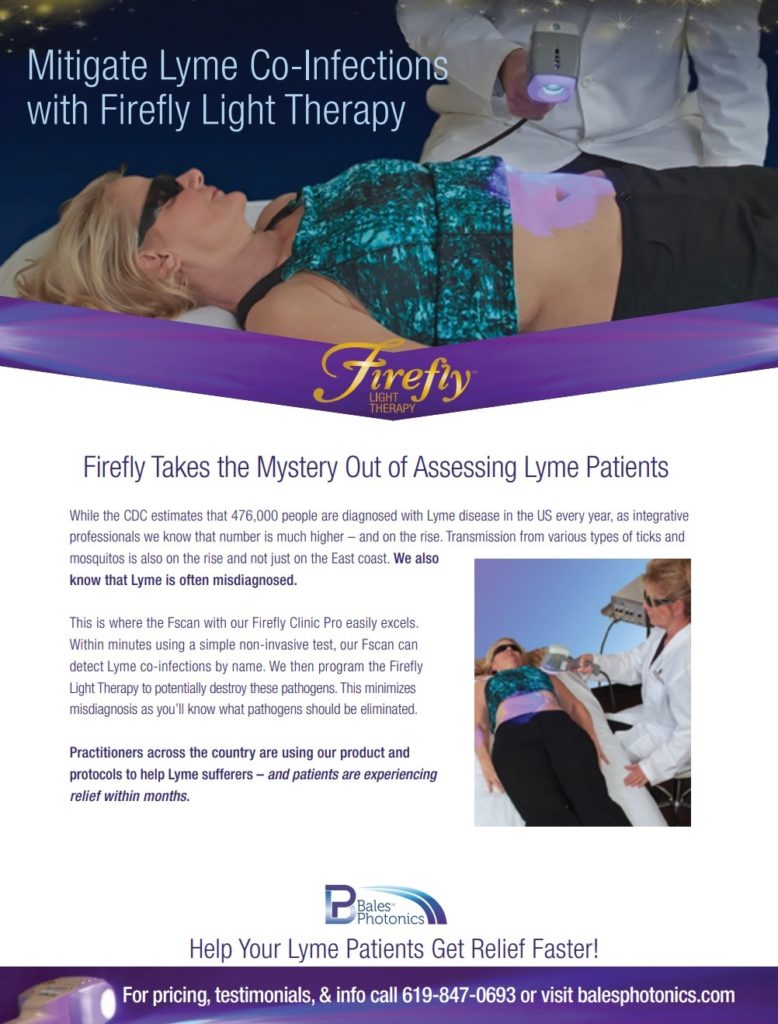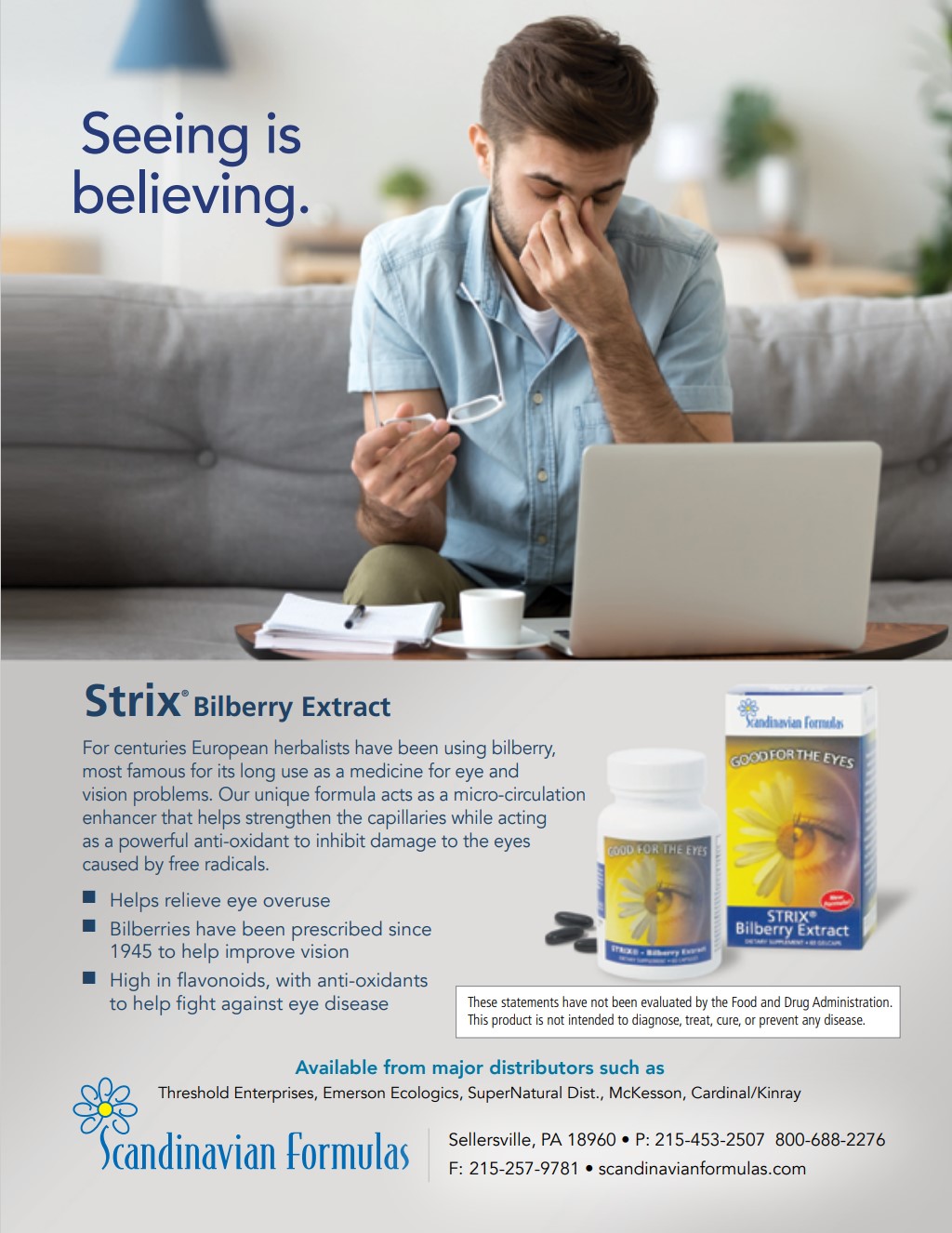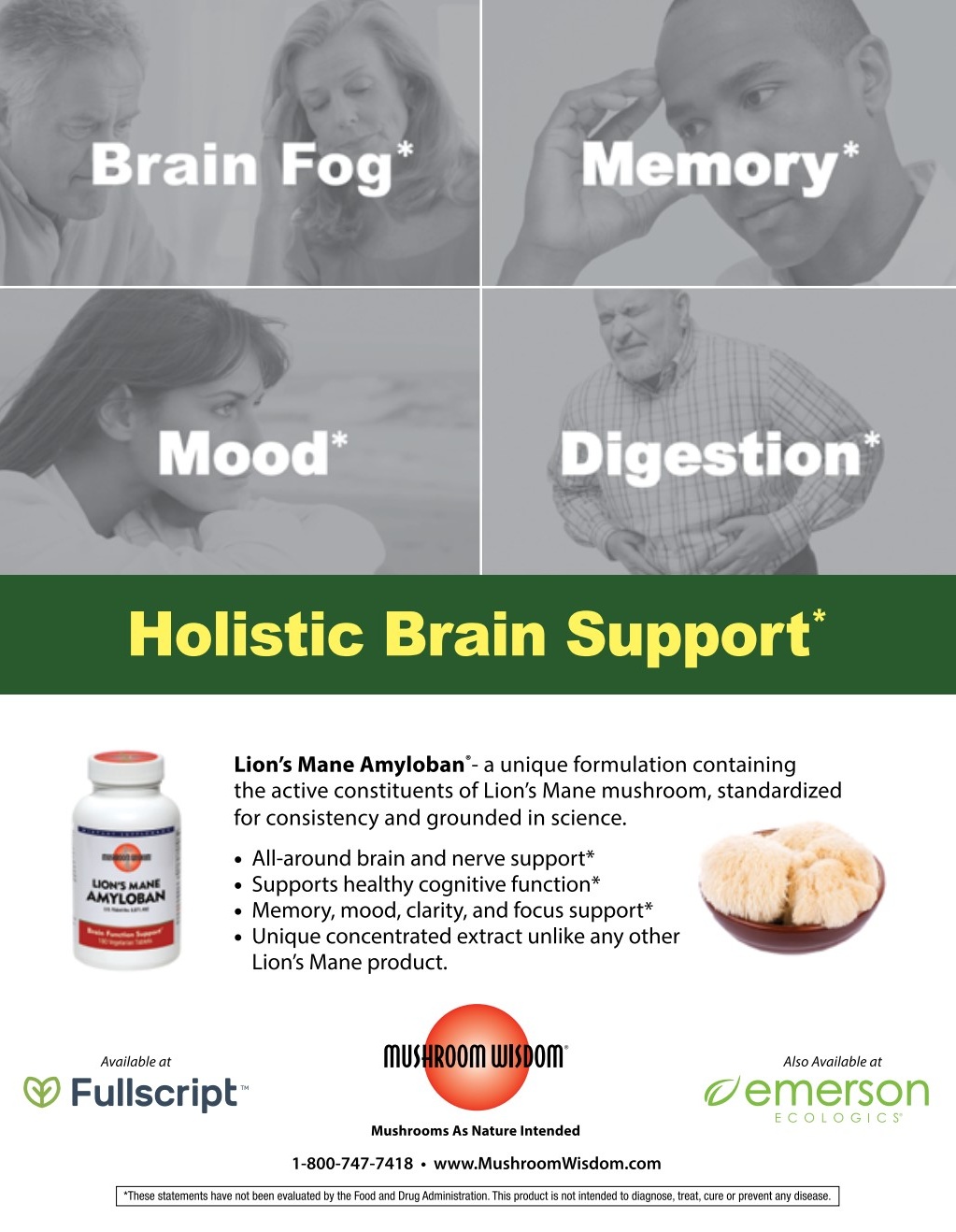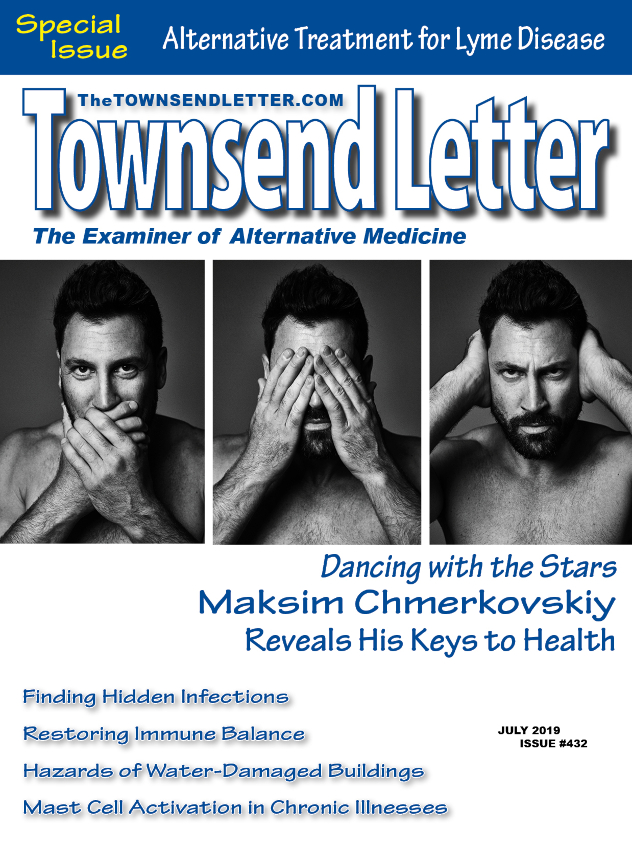By Ritchie C. Shoemaker, MD
Medical Director, Center for Research on Biotoxin Associated Illnesses
David Lark
Mycologist, MouldLabs, Australia
James C. Ryan, PhD
Chief Science Officer, ProgeneDx
Imagine being trapped by your home, workplace or school. You can see the mold, smell the bacteria. You are living in a microbial dungeon. Deep down, you know the building is making you sick, but you can’t leave when there is a lease, a mortgage, a job, or needed education dragging you back into the dangerous building. Trapped: you know that you can’t stay either. Every day brings more symptoms, more brain fog and thoughts that living this kind of life just isn’t worth it.
Finally, you leave your porous possessions behind and flee to a safe house (that is, one you thought was safe). But you don’t get better. Removal does not bring resolution. Your illness isn’t an allergy. Your chronic inflammatory response syndrome (CIRS) is based on never-ending dysregulation of gene transcription, both activation and suppression.1,2 Your genes relentlessly recruit more physiologic abnormalities: if the genes aren’t fixed, you aren’t fixed.
You seek out help, but what do you show the health care provider who tries to help you? How do you prove that you have fatigue, cognitive impairment, abdominal pain, and neurologic findings that change from day to day, in addition to twenty other symptoms? How do you show a third party your painful musculoskeletal problems when joints aren’t red or warm, and sed rates are normal?
It doesn’t take long to hear, “No one else has all these symptoms and all your standard tests are normal. Have you been under stress lately?”
You kept searching to find a physician who might be able to know what is wrong with you. You had already been humiliated by a fistful of specialists who gave you meaningless diagnoses, others sold you worthless nostrums that had no chance of helping, and then there is the referral to a psychiatrist. And that guy didn’t help you either. Yes, you are stressed, but so what? Who wouldn’t be upset when your life, your brain, your marriage, or your job are lost? Not to mention the $50,000 you wasted on IVs and internet cures, all the while seeking your old self, the self you had before the wet building trapped you.
You bring the doctor photos of ugly-looking black patches on the walls or pictures of collapsed ceilings. “Here is the evidence,” you exclaim. “OK, show me how these photos are transformed into causation of your illness?” Where is the irrefutable objective evidence? No one trying to help you knew that your evolutionarily conserved cell systems designed to make protein and create ATP for energy were damaged by other descendants of evolutionary survivors whose ancestors waged war on other one-celled creatures 3 billion years ago.
Imagine a biological weapon that didn’t kill people but disabled them instead.
If the problem tragically is present in your child who attends a school where the custodial staff quickly put out buckets to catch the rainwater coming through the old flat roof Monday through Friday, what happens when you complain? The school district just cut funding for art classes to save money: there is nothing in the budget for a new roof this year. Besides, only a handful of kids say they are sick, and we think your home is the problem, not our school.
The trap gets worse, when you turn on the computer. Now you read breathless claims for cures for black mold, toxic black mold, spreading black toxic mold, and more; you risk being squeezed dry, bereft of your savings and hope. The Internet hype is just a sham. There is no science to be seen anywhere that confirms peer-review and evidence basis for magical cures of poultices, oils, diets, supplements and herbs. Yes, you were told to put some Petri dishes in your living room and let some mold settle from the air. Maybe something grows (so what?). Now breathe these special salt fumes (straight from Nepal!). Just look at these clear Petri dishes opened after the salt vapors are layered on! Just type in your credit card today!
You hear about lawsuits. Negligence caused the personal injury. The jury awarded millions! Except that your lawyer has no clue and wants a lot of money up front to open the case, and then lots more money to pay experts, commission reports, and schedule depositions. Be aware that the defense attorneys pool their experiences in countless mold cases; they will not be polite or gentle; get ready for more humiliation. Even if your case is heard in court and you win, you won’t see any money until the attorney collects his fees and all his costs are paid.
It happens every day across the US. This scenario isn’t written for the Twilight Zone or authored by Stephen King: it is happening as you read these words.
The Way Out of the Trap
In this special five-part series written for the Townsend Letter, I want to work with you as you start to learn from the published science:
- What a chronic inflammatory response syndrome (CIRS) is and why you need to know a lot about your illness;
- How you can confirm your illness is caused by exposure to a mixture of specific elements found inside a water-damaged building (WDB) and some non-specific elements too;
- How you can use published, peer-reviewed protocols to define your illness and start to heal your damaged brain;
- How you can quantitate physiologic parameters that demonstrate your deranged physiology and correct suppression of both ribosomal and nuclear encoded mitochondrial genes (a) in support of the diagnosis of CIRS and (b) in support of ongoing salutary effects of treatment.
In 2019, we now use the “cure” word, albeit cautiously, but we can use it. After over 20 years of no cure, seeing a steady increase in number of cases return to normal is terrific. As yet, no one is guaranteed anything other than use of solid protocols, grounded in accepted science. Now that the magic of transcriptomics, differential gene activation, is available, we don’t have to guess about treatment any longer.
And let all be informed: the problem is far more than mere mycotoxins.
There is much you can do to help protect yourself. The most neglected expense needed for building health is maintenance. Even if WDBs aren’t hurting you yet, exposure to damp indoor environments isn’t healthy for anyone. If you are ill, then removal from exposure is job number one. You won’t feel back to normal if you don’t stop inflammation, the basic disease process of CIRS, from recruiting more genes to do bad things to your processes of antigen presentation, innate immune response, and metabolism.
First, begin by stopping assumptions.
Second, stop guessing about what is wrong.
Third, don’t believe “expert” opinion in the absence of rigorous confirmation by published, peer-reviewed academic work, including case/control and prospective studies. Double-blinded, placebo-controlled studies would be nice.
No, your body and especially your brain can’t afford any more inflammatory attacks made by an over-zealous innate immune system!
The basic concept is that regaining your health begins by recognizing what objective biomarkers you have based on longstanding science, focus on correcting them, all the while casting out any false knowledge (with thanks to Aldous Huxley) that you might have picked up from the Wild, Wild West found on the Internet regarding the field of mold exposure and human health.
I want you to become familiar with the tools needed to show the skeptical physician a host of objective biomarkers that are found in cases of CIRS, but not in controls, that improve with therapy but not passage of time alone—tools that will demonstrate the transcriptomic basis of the illness and successful therapy. You will see what I mean when I say, “If you don’t know the transcriptomics, you don’t know the disease.”
But first, what is a water-damaged building? Simply stated, water coming inside a building where it should not be, accompanied by amplified microbial growth, makes a building water damaged (WDB).
Water intrusion commonly affects buildings in the US. As many as 50% of our public buildings are water damaged.3 That is a huge number of buildings. Wet buildings are not safe buildings. What makes WDB unsafe is the growth of a group of single cell microbes invariably found in WDB that make specific compounds that can cause inflammation (called inflammagens) or toxins made by bacteria (endotoxins or exotoxins), fungi (mycotoxins), mycobacteria (mycolactones) and actinomycetes. Add to the rogues’ gallery of en-suite bad actors the very small cell wall fragments of fungi (beta glucans and mannans), fungal and bacterial enzymes/proteins (hemolysins, spirocyclic drimanes and proteinases), not to mention the result of each of these non-living elements acting synergistically, one with another. Is it any wonder that this indoor collection of inflammation causers can cause inflammation that hurts some of those exposed4?
I emphasize some because curiously, and fortunately, not everyone exposed becomes ill. And even more curiously, people with successfully treated illness will relapse with re-exposure unless they are protected by use of preventive medications. What is our protective antibody arm of the immune system doing? Sleeping? Could antigen detection and antigen presentation both be defective? These concepts will return in later discussion.
As we will discuss, it is inflammation that sets off more inflammation, uncontrolled like a runaway freight train without brakes, causing changes in gene activation (NOT allergy) that is the ultimate source of CIRS.
It is a basic tenet of real estate that landlords/building owners bear the responsibility to provide a safe indoor environment for users of that indoor space. Builders/sellers of buildings have a duty to provide buildings that are safe for new occupants. When an outdoor deck collapses, for example, throwing a group of wedding guests into a creek, an injured guest might claim that negligent construction caused the personal loss, pain, and suffering. Exchange of money might not make a person whole again, but the idea of compensation for caused injury applies.
Who is negligent if water gets indoors, foments growth of one-celled creatures, that then cause inflammation, creating a multisystem, multi-symptom illness that most docs don’t know about? Who pays the plaintiff when causation of personal injury is confirmed in court?
As far as WDB goes, when water enters an enclosed space, and that space stays wet for as little as 48 hours, there will be microbial growth.5 While bacteria might be the first colonizers, fungi aren’t far behind. Precisely what microbes grow is completely dependent on availability of moisture. We call this availability of water or water activity “A(w).” A(w) of 1.0 (or 100% relative humidity, RH) is open water compared to the water vapor pressure above the water. Bacteria and “wet” fungi, like Chaetomium and Stachybotrys, need a minimum A(w) of > 0.9 (>90% RH) to grow. “Medium wet” filamentous fungi, like Aspergillus versicolor, need A(w) of 0.8-0.9 to grow. “Drier” fungal organisms, including Aspergillus penicillioides need a minimum A(w) of 0.58-0.8 to grow. The dry (xerophilic) fungi, especially Wallemia sebi, like a range of A(w) that can go as low as 0.55 to 0.75,6 to grow.
Available water has relevance for all of us in the WDB field. Just look at your nasal mucus. It is full of water, yet mucus prevents growth of the vast percentage of potential pathogens that land in your nose as you breathe. Why doesn’t every germ in the nose cause infection? Simple, the water needed for growth of bacteria and fungi isn’t bioavailable. The mucopolysaccharide matrix prevents the water from nourishing fungi, for example. In the end, who cares if fungi are in nasal secretions? They won’t make toxins or secondary metabolites without available water!
Cases of fungal sinusitis have 2.4 species of fungi cultured in mucus in their noses, but controls have 3.1 species cultured.7 Eighty-seven percent of all cases had positive cultures, but 91.3 % of controls also had positive cultures in a classic German report from 2003. Because “fungi can be identified in almost everybody’s nose…when inhaled, these airborne fungi are only ‘in transit’ through the nose. Positive fungal cultures from nasal secretions have to be considered normal findings.”7
If we only assay dust found in a WDB for fungal DNA, the presence of indicator fungal DNA tells us a lot about the building ecology as described by A(w). Just by looking at indicator DNA, we can get a solid idea what is abnormal in the ecology of a WDB that is making people sick.
Perhaps the most important organisms found in WDB are actinomycetes. No, not fungi, not mold, not black molds, not toxic black molds, but these filamentous bacteria are only recently becoming recognized in clinical dust samples as major players in adverse human health effects.8 If we add assays for endotoxins and actinomycetes to assays of fungal DNA, we can obtain a robust picture of the harmful microbes in a WDB.
References
- Ryan J, Wu Q, Shoemaker R. Transcriptomic signatures in whole blood of patients who acquire a chronic inflammatory response syndrome (CIRS) following an exposure to the marine toxin ciguatoxin. BMC Med Genomics. 2015; 8:15.
- Ryan J, Shoemaker R. RNA-Seq on patients with chronic inflammatory response syndrome (CIRS) treated with vasoactive intestinal polypeptide (VIP) shows a shift in metabolic state and innate immune functions that coincide with healing. Med Res Arch. 2016; 4(7): 1-11.
- Park J, Cox-Ganser J. Mold exposure and respiratory health in damp indoor environments. Front Biosci (Elite Ed). 2011;3: 757-771.
- Berndtson K, et al. Medically sound investigation and remediation of water-damaged buildings in cases of CIRS-WDB. Part 1. 10/15. www.survivingmold.com. Accessed 7/23/2017.
- Shoemaker R, et al. Policyholders of America. Research Committee Report on diagnosis and treatment of chronic inflammatory response syndrome caused by exposure to the interior environment of water-damaged buildings. 2010.
- Pitt J, Hocking A. Influence of solute and hydrogen in concentration on the water relations of some xerophilic fungi. J Gen Micro. 1977; 101: 35-40.
- Braun H, et al. Incidence and detection of fungi and eosinophilic granulocytes in chronic rhinosinusitis. Laryngorhinootologie. 2003; 82: 330-340.
- Johannson E, et al. Streptomyces in house dust: associations with housing characteristics and endotoxin. Indoor Air. 2011; 2194):300-10.
We are grateful for technical assistance in preparation of this manuscript provided by Debbie Waidner and JoAnn Shoemaker.
Bio
Ritchie C. Shoemaker, MD, remains active in the field of biotoxin-associated illnesses, the focus of his practice since 1997. At that time, an outbreak of unexplained human illness, associated with exposure to blooms of a dinoflagellate, Pfiesteria piscicida, attracted his attention and interest. Pfiesteria was the first example of an acute and then chronic biotoxin-associated illness recognized and published in peer-reviewed literature. Shoemaker’s two papers on diagnosis and then treatment were the first in the world’s literature on acquisition of illness from Pfiesteria in the wild. Since that time, other sources of biotoxin-associated illnesses have come forward including other dinoflagellates, cyanobacteria and, most importantly, organisms resident in water-damaged buildings.
Shoemaker has spent the last 22 years treating patients and conducting research that unveils the extraordinary complexity of these illnesses, now called chronic inflammatory response syndromes (CIRS). Starting with no biomarkers and now progressing to over 25, CIRS has been shown to have abnormalities in proteomics and transcriptomics with differential gene activation, the final ultimate pathway of disease production in the world of chronic fatigue.
His collaboration with Dr. James C Ryan, transcriptomist, has led to multiple publications that have application, not just to chronic fatiguing illnesses but to the inflammatory illnesses of the 21st century including atherosclerosis, diabetes, obesity, and autoimmune illness.
As Shoemaker’s work has progressed on the complex problems of grey matter nuclear atrophy, a small but growing cohort of patients with multinuclear atrophy and cognitive impairment have led to improvements that may have application to illnesses such as Alzheimer’s disease.












